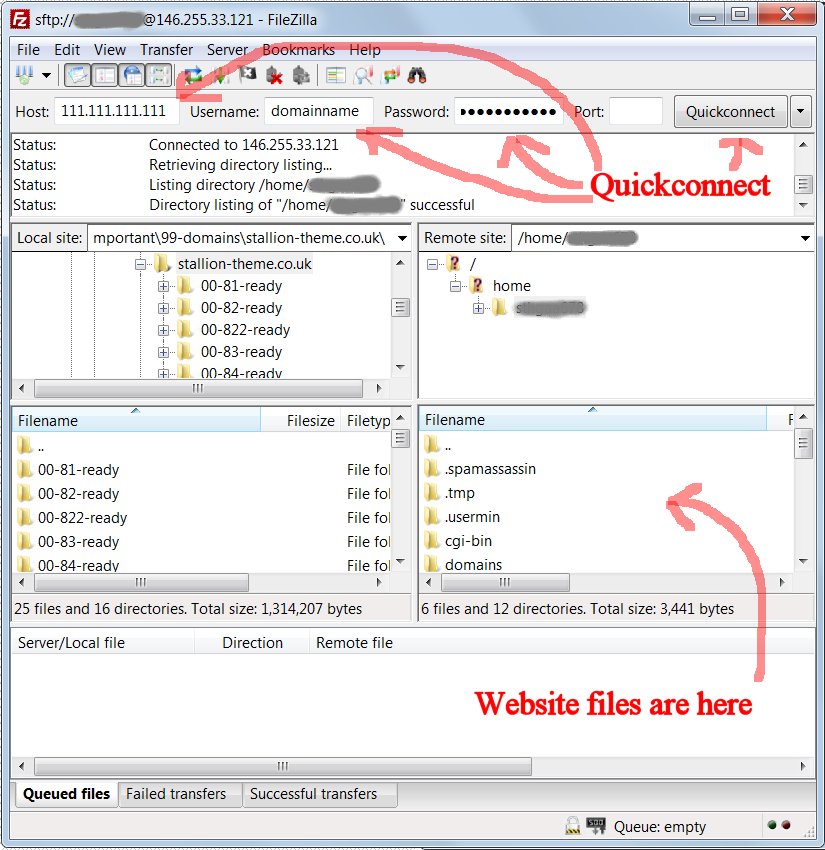

information such as how many times the power was turned on, the time length of use, and temperature to monitor the state of the disk.īoth CrystalDiskInfo and CrystalDiskMark are open source software personally developed by me. In addition to information like model number, volume, buffer size, it obtains S.M.A.R.T. If anything abnormal is detected, it will notify you by text or voice message, and it supports both HDD and SSD. Queries can be made per article hierarchy, item or data module.Īvailability Public Item API Monday - Friday from 07.00 - 18.CrystalDisklnfo is disk utility that supports some types of USB connections, Intel RAID, and NVMe.

Data receivers can retrieve all articles published to them as well as the public articles. The GDSN APIs can be used to retrieve product data from consumer and trade units. The media APIs can be used to retrieve media files (photos, safety sheets, pdfs, etc.). The API output formats for data clients are: JSON and media (tiff, jpg, pdf, etc.). You have defined this password yourself.ĪPI has a test and a production environment. The FTPS output formats for data recipients are: GS1 GDSN XML and media (tiff, jpg, pdf, etc.). Using FTPS software, for example Filezilla, you can extract data from the GS1 data pool. The FTPS interface has a test and a production environment. PROD Inbound IP (url shall not be replaced with ID) PROD Certificate (production environment) The output formats of the GS1 interface are: Excel, PDF, GS1 GDSN XML and media (tiff, jpg, pdf, etc.). The GS1 interface has a test and a production environment. Three data models are used in the Netherlands: View the schema for the GDSN XML messages at the following website. The GLN (Global Location Number) of the GS1 data pool is 8712345013042 for both test and production environments.

All technical specifications for the use of GS1 Data Source.


 0 kommentar(er)
0 kommentar(er)
